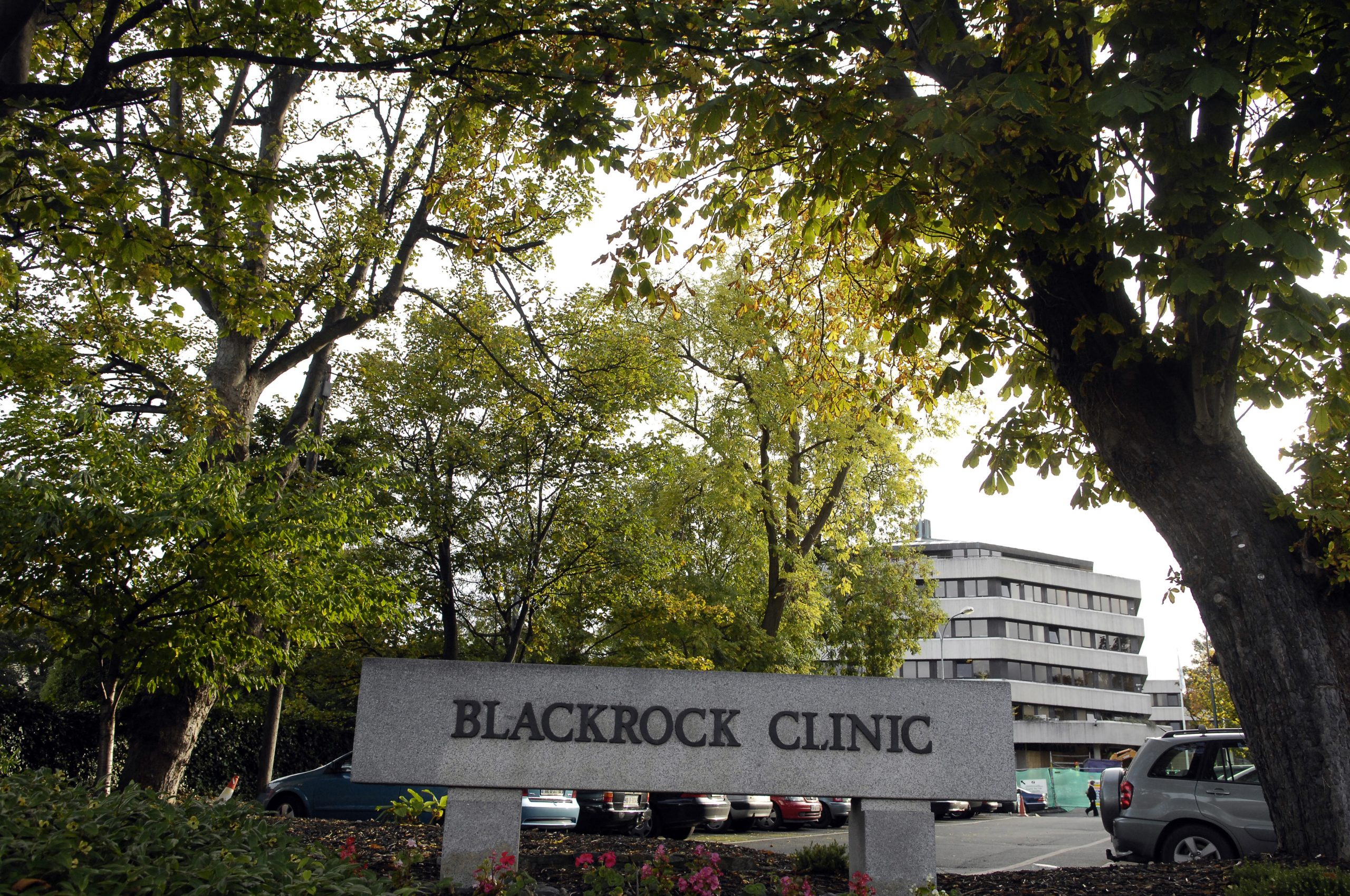For much of the past five years, the Blackrock Clinic has been at the centre of a protracted, at times incomprehensible, boardroom battle. The dispute has been very public and very scrappy, spawning more than a dozen judgments, including on appeal and cross appeal. My colleague Francesca Comyn wrote about the dispute in some detail last week, forensically unpicking the issues (shareholders’ agreements, boardroom control) and the personalities (Larry Goodman, James Flynn, James and Jimmy Sheehan). I don’t want to retrace old ground. Instead, I want to look at the financial performance of the private hospital, aided in no small…
Cancel at any time. Are you already a member? Log in here.
Want to read the full story?
Unlock this article – and everything else on The Currency – with an annual membership and receive a free Samsonite Upscape suitcase, retailing at €235, delivered to your door.

